Warning! This article contains spoilers for Netflix’s Avatar: The Last Airbender.
Netflix’s Avatar: The Last Airbender season 1 details life in both the Southern and Northern Water Tribes, outlining several big differences between the sister communities. With the live-action The Last Airbender season 1 adapting the events of the original series’ “Book One: Water,” it made sense for the show to highlight the Water Tribes in detail. While Aang’s lack of Waterbending in Last Airbender season 1 was disappointing, the live-action adaptation more than adequately depicted everyday life in the North and South Poles.
From the importance of Princess Yue to The Last Airbender and the North to the history of Sokka and Katara in the South Pole, The Last Airbender not only showcased how both sides of the nation coexist but also how they are different. This was exemplified by the North’s connection to The Last Airbender‘s Ocean Spirit, offering one major difference between the two communities. Be it through the aforementioned spiritual values of the North or how the burden of leadership is passed down, the differences between the Tribes were abundant by The Last Airbender season 1’s ending.
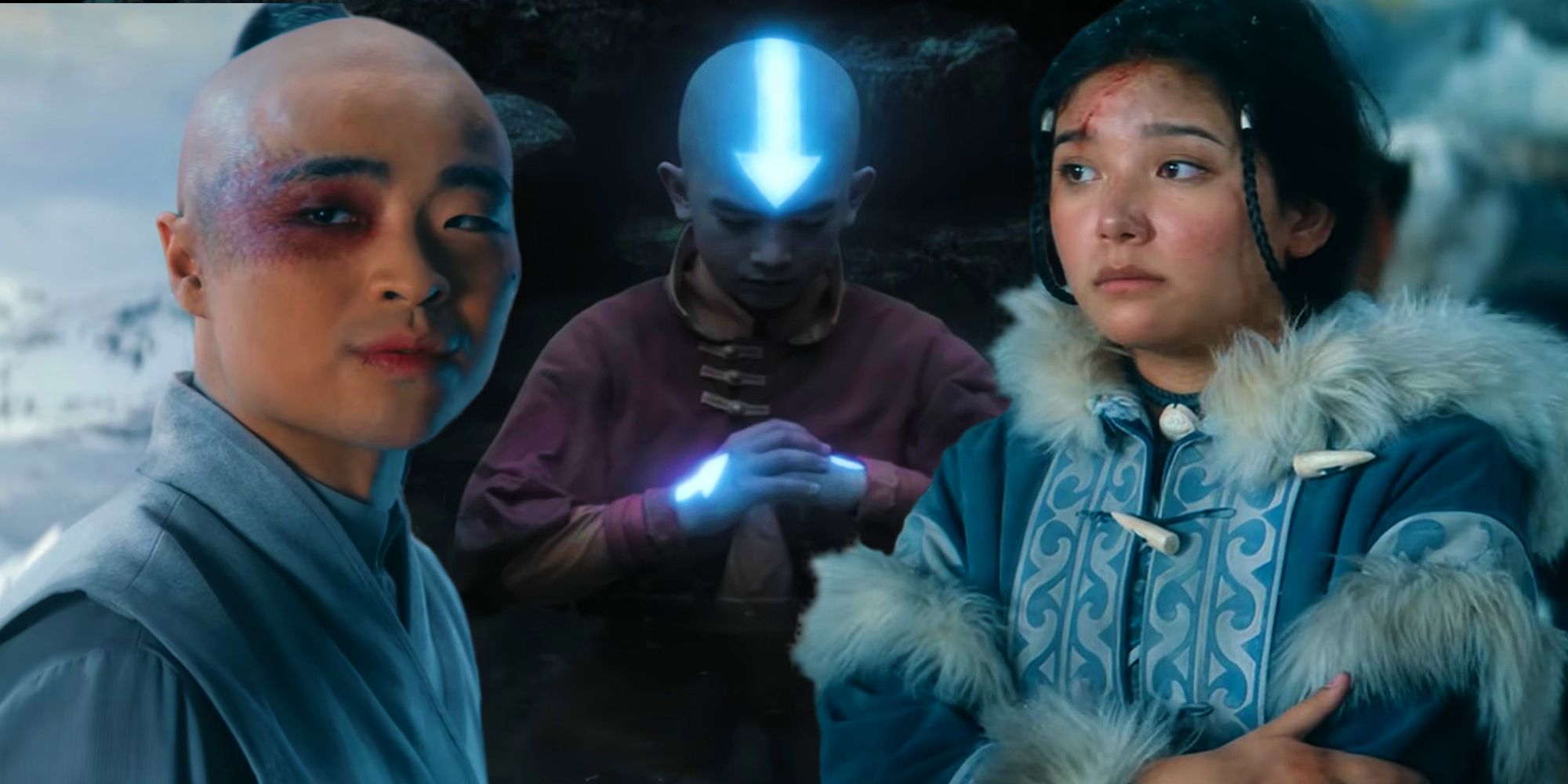
Netflix’s Avatar: The Last Airbender Season 1 Ending Explained
Avatar: The Last Airbender’s season 1 ending wraps up major plot lines, story threads, and character beats from previous episodes of Netflix’s show.
The Northern Water Tribe Is Much More Advanced Than The South
The Southern Tribe pales in comparison to the advancement of the North.
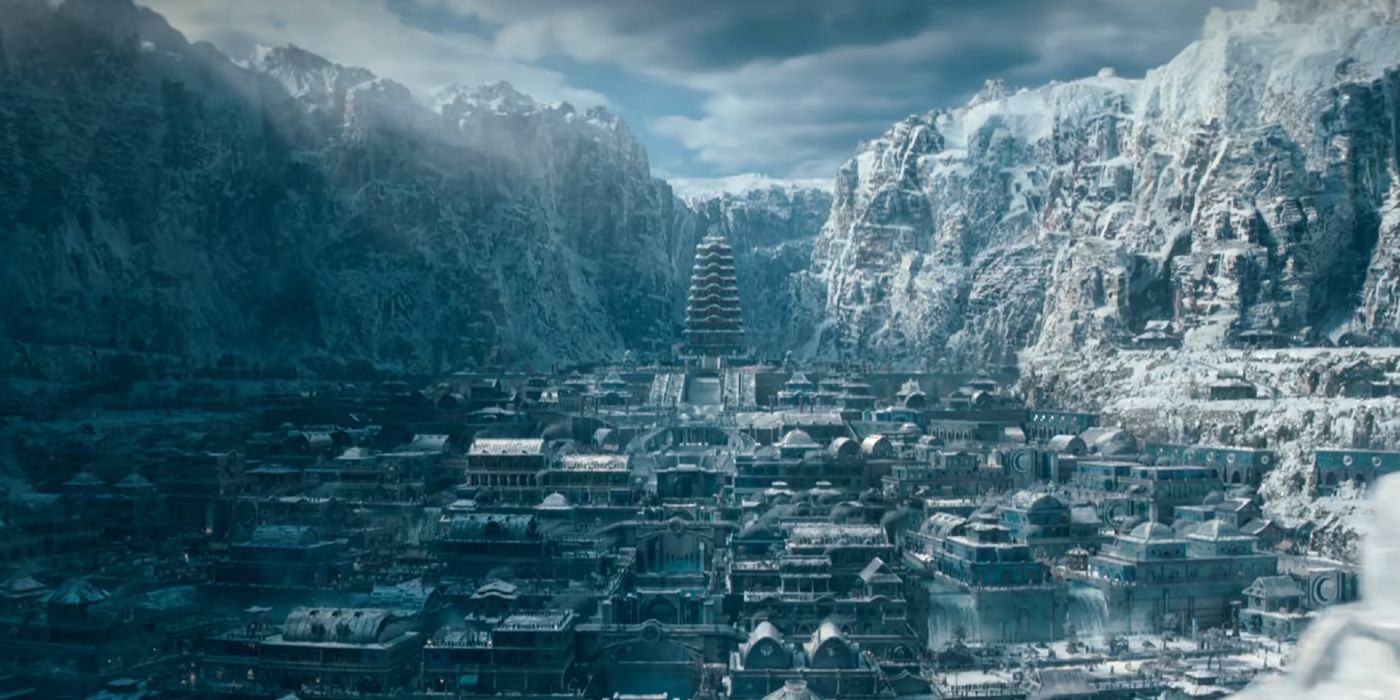
As is made clear in Avatar: The Last Airbender episodes 7 and 8, the Northern Water Tribe is much more advanced than its sister tribe in the South Pole. The Southern Water Tribe is confined to a small village named Wolf Cove, shown in the opening of The Last Airbender season 1. However, the Northern Water Tribe consists of Agna Qel’a, a major city embedded within the North Pole’s ice caps. Anga Qel’a is much bigger than Wolf Cove, both in terms of population and geographical size.
Furthermore, the increased size of Anga Qel’a means the Northern Water Tribe is more advanced than the Southern Tribe regarding protection. The village of Wolf Cove is easily exposed as shown in The Last Airbender episode 1, whereas Agna Qel’a is much more difficult to conquer. The city’s location embedded within the ice, as well as the giant ice wall constructed by the Waterbenders, means it is much more secure from the Fire Nation.
The Water Tribes Have Different Ways Of Providing Leadership
The process of choosing a chief is different between the Waterbenders.
Another major difference between the Northern and Southern Water Tribes is how leadership is passed down. In the Southern Tribe, leadership is more of a democratic vote, with a chief being appointed by the citizens of Wolf Cove. In Avatar: The Last Airbender season 1, Katara and Sokka’s father – Hakoda – is known as the chief of the Southern Water Tribe despite being away in the war. In the Northern Tribe, leadership is passed down through a royal lineage.
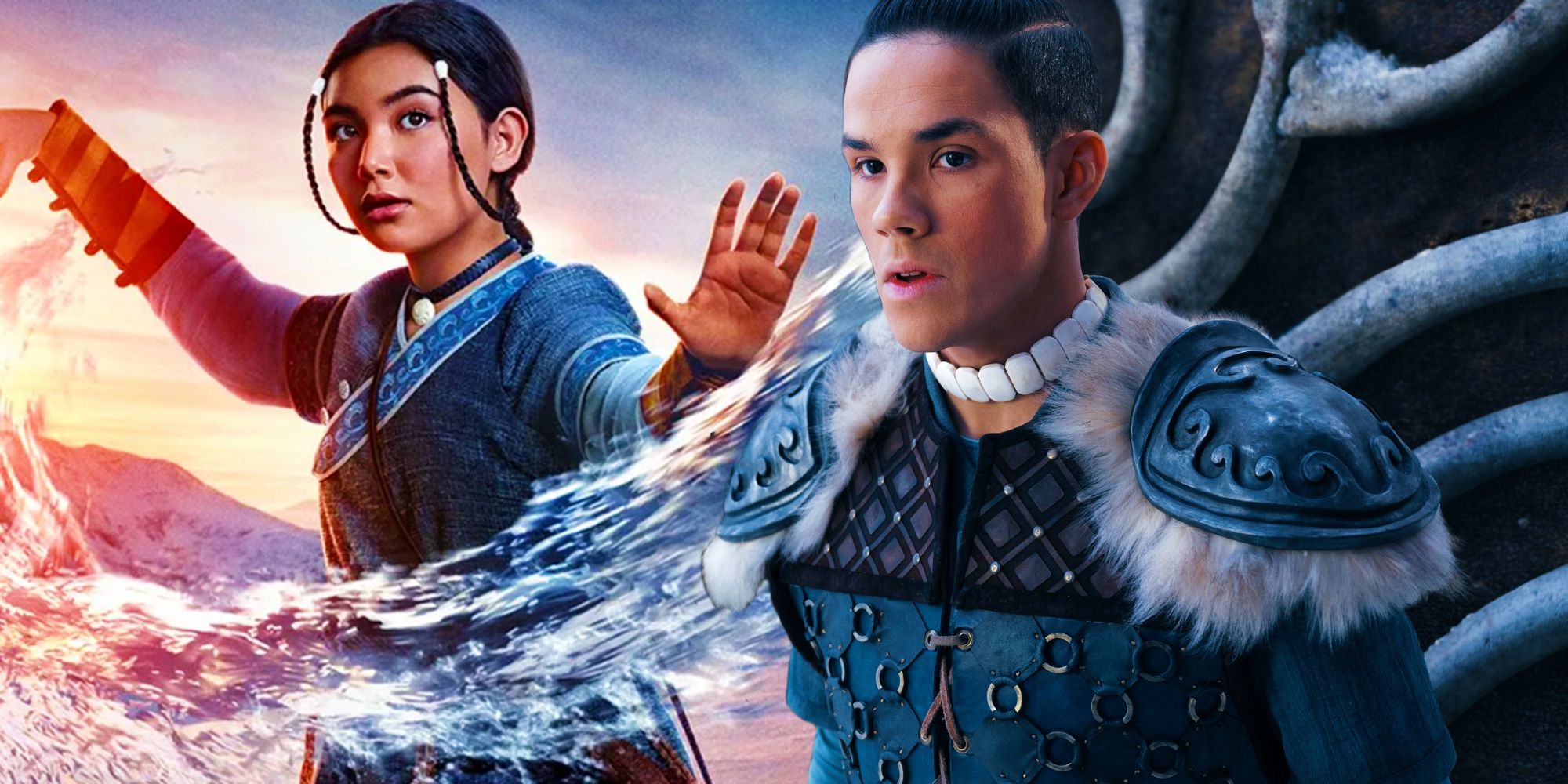
What Happened To Sokka & Katara’s Parents In Avatar: The Last Airbender
One of the bigger mysteries of Netflix’s Avatar: The Last Airbender is what happened to Katara and Sokka’s parents before the series’ story begins.
The chief of the Northern Water Tribe is Arnook, the man who welcomes Aang, Katara, and Sokka in The Last Airbender episode 7. It is quickly established that Arnook’s daughter, Princess Yue, is next in line to become chieftess of Agna Qel’a. Unlike the customs of the Southern Tribe, Yue was born with the expectation that she would eventually become the leader of the North, marking a big difference in how the role of leadership is passed down.
The Southern Water Tribe Has Less Restrictive Customs
The Northern Water Tribe has lessons to learn regarding social issues.
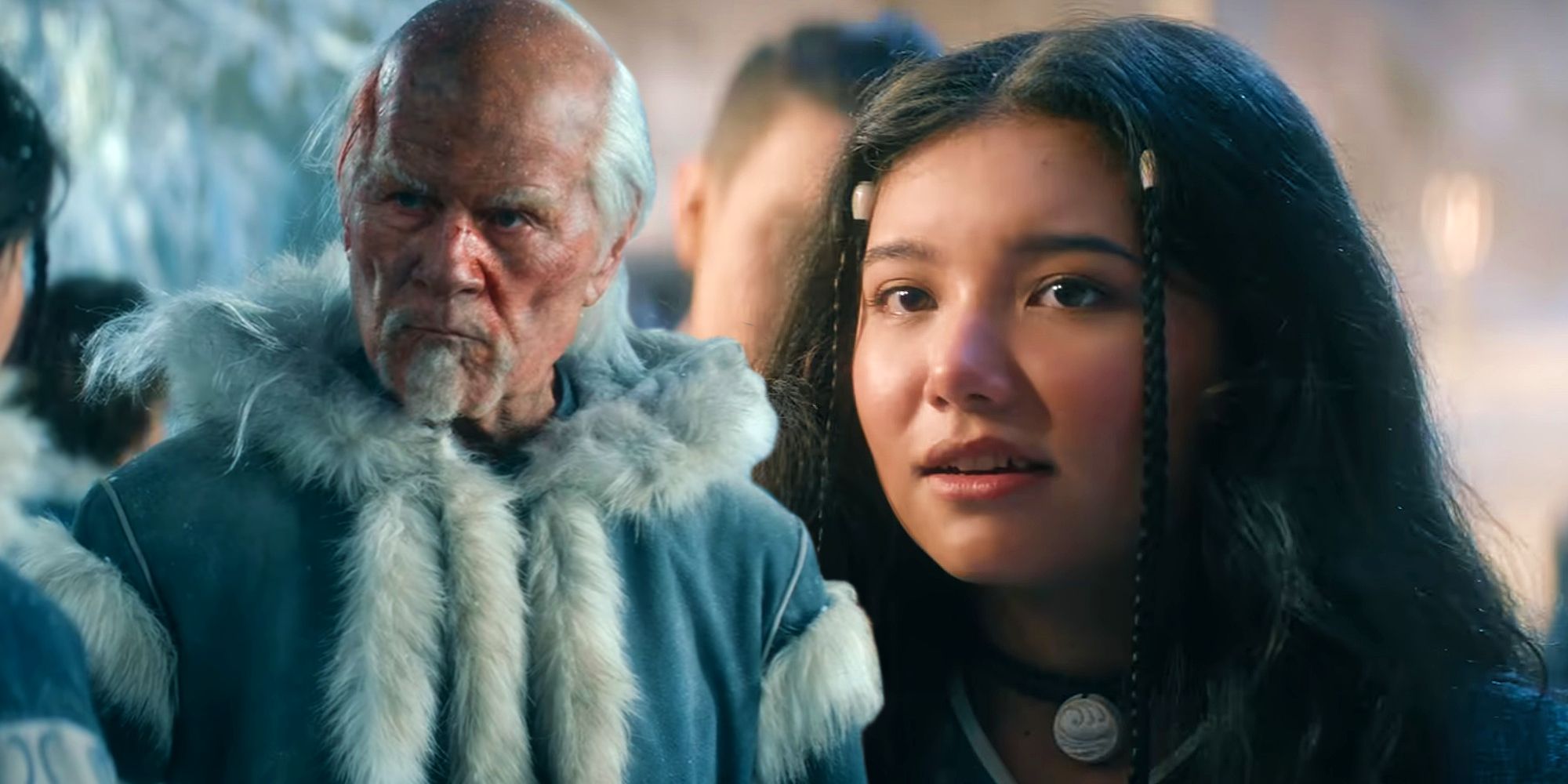
One of the more positive differences of the Southern Water Tribe is that it has much less restrictive customs than the North Pole. Katara quickly learns that, in the Northern Water Tribe, women are somewhat treated as second-class citizens. This is mainly enforced by the idea that female Waterbenders are forbidden to fight in combat scenarios against the Fire Nation. Women are instead only allowed to use Waterbending for healing, something Katara quickly sets out to change Master Pakku’s mind about.
In the Southern Water Tribe, these ideals were not commonplace for many reasons. For one, the Southern Water Tribe only has one known Waterbender left alive: Katara. While her Waterbending was kept hidden for her safety, it is not because the people of Wolf Cove do not wish her to use her powers for combat. Interestingly though, the story of the original Avatar: The Last Airbender reveals that prior female Waterbenders of the Southern Water Tribe were permitted to fight.
The original Avatar: The Last Airbender season 3, episode 8 contains flashbacks to when more Waterbenders lived in the South Pole. These Waterbenders are shown fighting back against the earliest Fire Nation raids, regardless of gender. Therefore, it can be inferred that the community of Wolf Cove does not forbid women from using Waterbending in combat, unlike its sister city in the North Pole. This will likely be explored in Netflix’s show, should The Last Airbender be renewed for season 2.
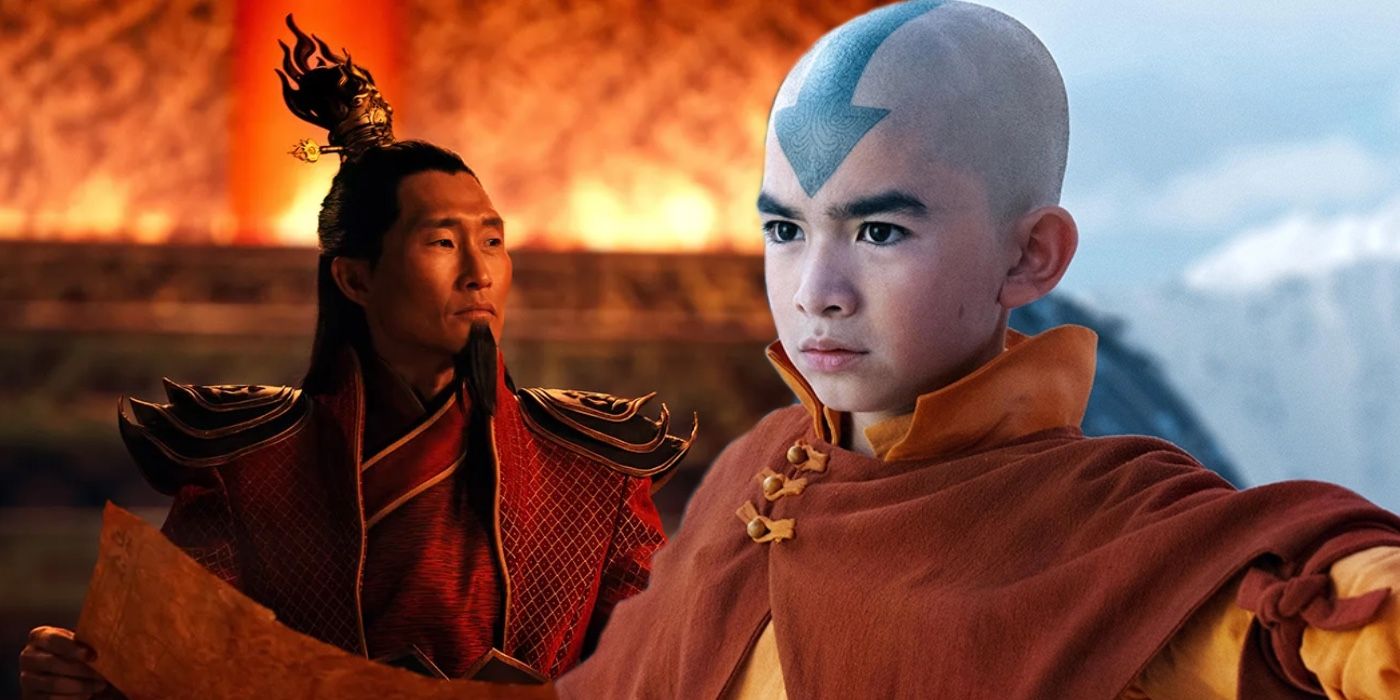
Netflix’s Avatar: The Last Airbender Season 2 – Will It Happen? Everything We Know
Netflix’s epic live-action adaptation of Avatar: The Last Airbender finally premiered in February 2024, but will the series return for season 2?
Why The Northern Water Tribe Is So Much Bigger Than The South
The Southern Water Tribe’s origins explain why it is so much smaller than the North.
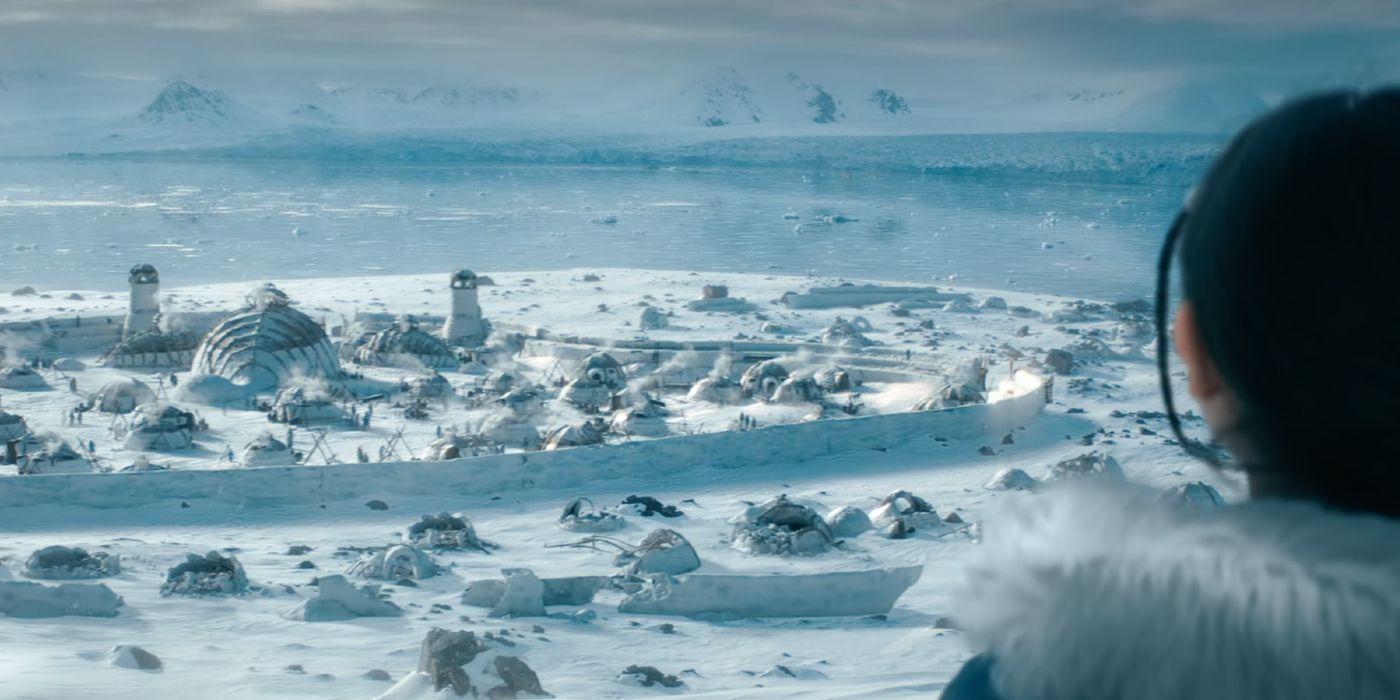
While the Northern Water Tribe being bigger than the South Pole alone is a major difference between the two, the reason for this discrepancy in size is another. Originally, the Northern Water Tribe was the only Waterbending community in the world. However, several people left to find a life elsewhere, eventually settling in the South Pole and establishing Wolf Cove. This explains why the Northern Tribe is much bigger than the South, providing a difference in their origins.
Furthermore, the Southern Water Tribe is much smaller due to the aforementioned protection Agna Qel’a possesses. Not only does the latter have more Waterbenders and warriors, but the natural formation of the ice renders it near impenetrable from Fire Nation raids. Unfortunately, the Southern Water Tribe does not possess the personnel nor natural protection that Agna Qel’a does, meaning its population has been severely dwindled after 100 years of Fire Nation raids.
The Northern Water Tribe Has Greater Spiritual Connections
The Spirit World permeates every aspect of the Northern Water Tribe’s community.
Finally, the last major difference between the two Water Tribes is the North’s spiritual connections. While there are likely some in the Southern Water Tribe who are in touch with their spirituality, it is less ingrained into their culture than it is the people of Anga Qel’a. Not only does Anga Qel’a house the spiritual oasis in which the Ocean and Moon Spirits reside, but the teachings of The Last Airbender‘s Spirit World are commonplace in the Northern Water Tribe’s community.
This is confirmed by Yue in The Last Airbender season 1, who among her royal duties also serves as the Northern Tribe’s spiritual leader. Yue is a priestess of Agna Qel’a, revered by her people due to her connection to the Moon Spirit itself. This means that inherent spirituality is part of the culture of the Northern Water Tribe, something that cannot be said for the inhabitants of Wolf Cove. This spirituality, along with the other elements of the two Water Tribes of Avatar: The Last Airbender, proves how the sister communities are differentiated from one another.
All episodes of Avatar: The Last Airbender season 1 are now streaming on Netflix.

Avatar: The Last Airbender (Live-Action)
Based on the acclaimed animated Nickelodeon television series, Avatar: The Last Airbender is an action-adventure fantasy series developed by Albert Kim. The series follows Aang, a young man training to harness the four elements to live up to the title of Avatar – the one who will restore balance to the world.
- Cast
- Gordon Cormier , Dallas Liu , Kiawentiio , Ian Ousley , Daniel Dae Kim , Paul Sun-Hyung Lee
- Creator(s)
- Albert Kim
- Where To Watch
- Netflix





